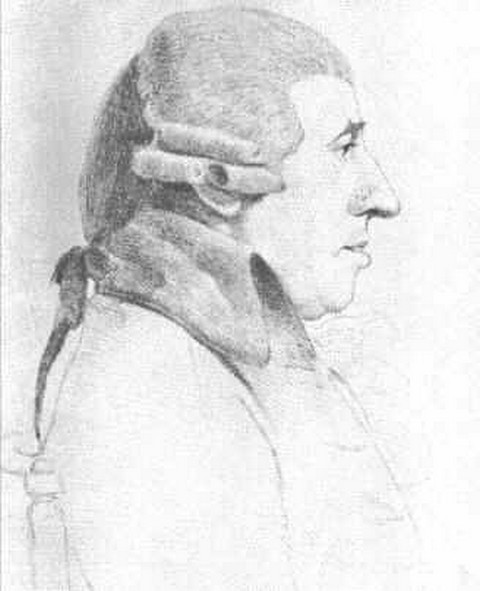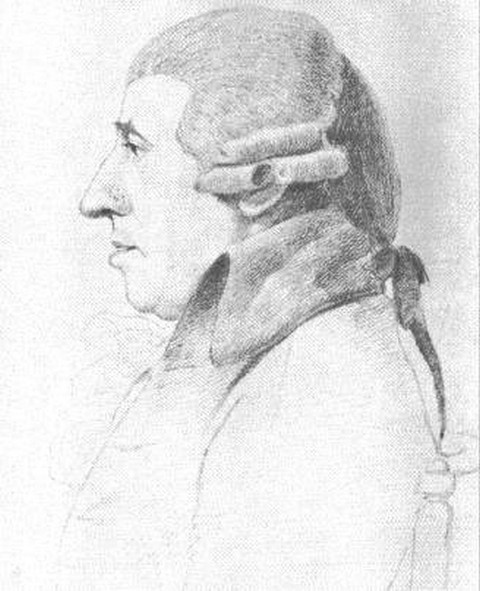| | Joseph Haydn (1732-1809), a famous Austrian and Croatian composer, died 200 years ago, May 31. He was born in a Croatian ethnic enclave in Burgenland (Gradišće) in Austria. Joseph Haydn composed a lovely melody which is based on a very old Croatian folk song. He named it Volkslied (Folk song), and later it became the Austrian national anthem. This melody is the contemporary German national anthem that everybody knows. |

Pencil sketch by George Dance, 1794.

"V jutro rano se ja stanem" - "I wake up early in the morning", Croatian folk tune which was the basis for Joseph Haydn's Volkslied (Folk song), as he named it.

Later this Haydn's tune became Austrian national anthem. Now it is the German national anthem that everybody knows. Sheet music by Sir William Hadow, from his monograph "A Croatian Composer", London 1897.
|
| Here we reproduce the concluding paragraph of Haydn's short biography presented by MusicaClassica:
A distinguishing trait of Haydn's works was his frequent use of Croatian folk music for his melodic material. Wrote W. H. Hadow: "The Croatian melodies are bright, sensitive, piquant, but they seldom rise to any high level of dignity or earnestness. They belong to a temper which is marked rather by feeling and imagination than by any sustained breadth of thought, and hence, while they enrich their own field of art with great beauty, there are certain frontiers which they rarely cross, and from which, if crossed, they soon return." Even many of Haydn's original melodies are characterized by typical rhythmic and melodic qualities to be found in the Croatian folk songs. However, as Franze Bellinger has added, "Haydn's speech, like that of every genius, was not only that of his race, but of the world." To these Croatian characteristics, Haydn added his high inspiration and sensitivity, and produced a type of melody which, for the most part, is unmistakably his.
Haydn is a common Croatian family name. In the Croatian telephone book you can see the names of Hajdin, Hajdina, Hajdinjak, Hajdinac, Hajdinovic: 63 families in the Zagreb county, 91 families in Medimurje and Varazdin counties, 65 families in Primorsko-Goranska county; and altogether 320 families in the whole Croatia (1999). There is a village of Hajdine near Vrbovsko in Croatia, on the main road to Rijeka, and the village of Hajdin near Vojnic. The name Hajdin (= hajda's) is derived from hajda = buckwheat. Parents of Franz Joseph Haydn are Mathias Haiden and Anna Maria Haidin, as can be seen on their grave in the Rohrau cemetery even today. This is stated by outstanding Croatian musicologist academician Lovro Zupanovic in his afterword to the book of [Kuhac, pp 305-306]. Academician Zupanovic stated also the following:
|

Joseph Haydn (1732–1809), born in a Croatian ethnic enclave in Burgenland (Gradišće) in Austria.
Pencil sketch by George Dance, 1794. Source of the photo Classical Music Pages.
Formated for CROWN by prof.dr. Darko Žubrinić
Distributed by www.Croatia.org . This message is intended for Croatian Associations/Institutions and their Friends in Croatia and in the World. The opinions/articles expressed on this list do not reflect personal opinions of the moderator. If the reader of this message is not the intended recipient, please delete or destroy all copies of this communication and please, let us know!